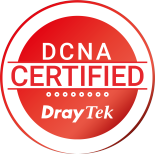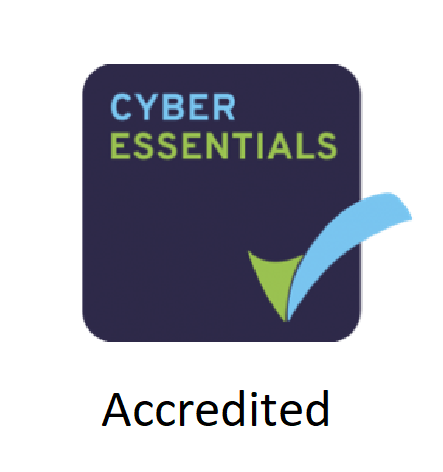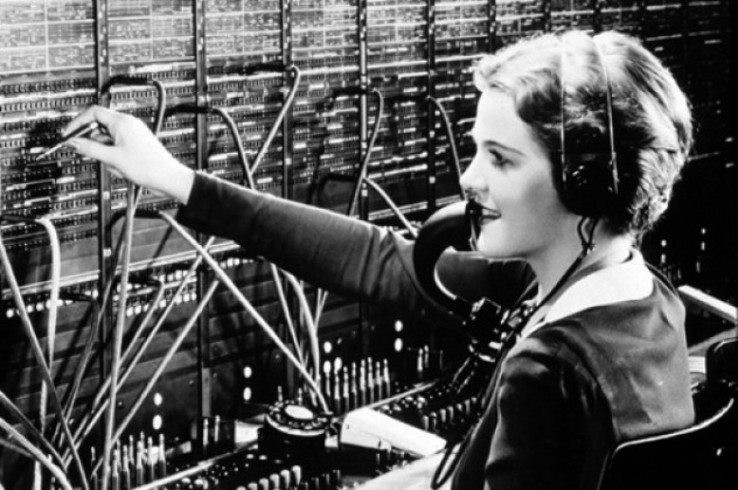|
|||||||||||||||
 Security Notification April 2024
This is to confirm that we are trialling a new Business Account with mettle.
Invoices produced after September 1st, 2023 may therefore have different bank account details.
The sort code will be 04-03-33 and the individual digits in the account number will total 33. I have posted the same message on my Facebook page. If you have any concerns, please contact me. |
|||||||||||||||



" The smoothness of the exercise and result tend to hide the excellent work done by John. "
Nick - Natwest 

|
Possibly not the most technically accurate document I've ever written, but I'm hoping it makes something very complex a little more understandable.
|
||||||||||||||
My Web Server 77.68.14.146 | Your NAT Router 52.14.85.76 | Your Home Network 192.168.0.0/24 |
Traditionally, many small businesses had their own small telephone exchanges in their office. This allowed external people to call in, and the call could then be passed to the correct telephone within the building.
This allowed the business to have dozens of phones on desks, but perhaps only have one incoming phone number. This meant that businesses didn't have to publish the number of every desk, as the company operator would 'route' your call to the correct desk.
This is exactly what your broadband router does, it has one public IP address (yours looks like it's 52.14.85.76) and it routes the various incoming traffic to your device inside the building. When someone rings a phone number, or connects to your IP address, they have no idea how many extensions (employees) or computers you have inside your building.
The router needs to just remember which traffic is destined for which device - this remembering and re-routing is the core NAT functionality.
So NAT explains who we can connect 16 billon devices to 4 billion routers today, but unfortunately with so many mobile devices (phones, cars etc) we are still in trouble.
IPv6 was proposed as the solution over 25-years ago, but IPv4 is still everywhere today. As another work around, telecoms carriers (mobile phone networks) had implemented NAT on their own networks from day one.
More recently though, low-cost broadband providers have also started to implement this Carrier Grade NAT solution to reduce costs end extend the life of their older equipment.
 CGNAT - Carrier Grade NAT
CGNAT - Carrier Grade NAT
My Web Server 77.68.14.146 | Carriers NAT Box 52.14.85.76 | Your NAT Router 172.10.23.189 | Your Home Network 192.168.0.0/24 |
So CGNAT is basically double-natting the traffic. This clearly works for web browsing, as you are reaching out from your device and each NAT router is remembering you asked for this traffic, so when I send this text back, it should get to the right computer!
However, what if I wanted to initiate a link to your machine? What if you run an email server or a CCTV camera system? The two NAT routers have no 'memory' on how to get the informtion to the right target machine as there was no outgoing request a few seconds before.
From this current web browser session, I believe I'm talking to your router on 52.14.85.76 - but is this you or the carriers router in the local telephone exchange?
The carrier router knows nothing about your computer (or it shouldn't!) and so it can't route my incoming data successfully. This is the main issue with CGNAT and causes problems for many businesses and home users who do more than basic web browsing and streaming.
 Testing for CGNAT
Testing for CGNAT
If you're on any version of Windows, then it's very easy. We just need to ask your router if it's IP address matches who I think you are. Just start a CMD shell and type;
tracert -h 1 52.14.85.76
| Microsoft Windows [Version 10.0.22621.1702] (c) Microsoft Corporation. All rights reserved. C:\Users\John>tracert -h 1 52.14.85.76 Tracing route to host52-14-85-76.yourprovider.com [52.14.85.76] over a maximum of 1 hops: 1 1 ms 1 ms 1 ms host52-14-85-76.yourprovider.com [52.14.85.76] Trace complete. C:\Users\John> |
If the line in red does not show your IP address, then you know you have a CGNAT situation.
If you do want to access various services remotely, then you will need to speak to your internet provider about getting a 'Public IP Address' - I can help.
|
Home
| Troubleshooting
| Solutions
| Upgrades
| Cyber Essentials
| Antivirus
| VoIP
| Backups
| Networks
| Starlink
| Weather
| Ferries
| What's Hot
| About
| Privacy
| Contact
© 2005-2024 - John Greenwood - All Rights Reserved |

 Home
Home